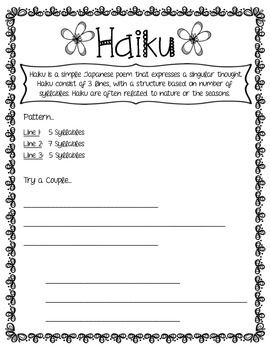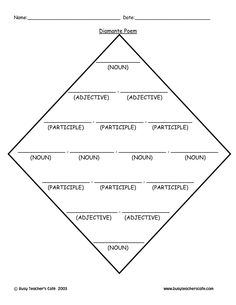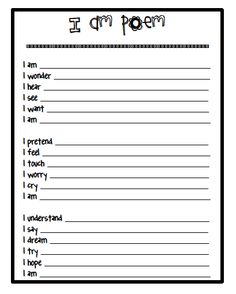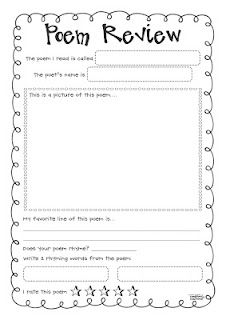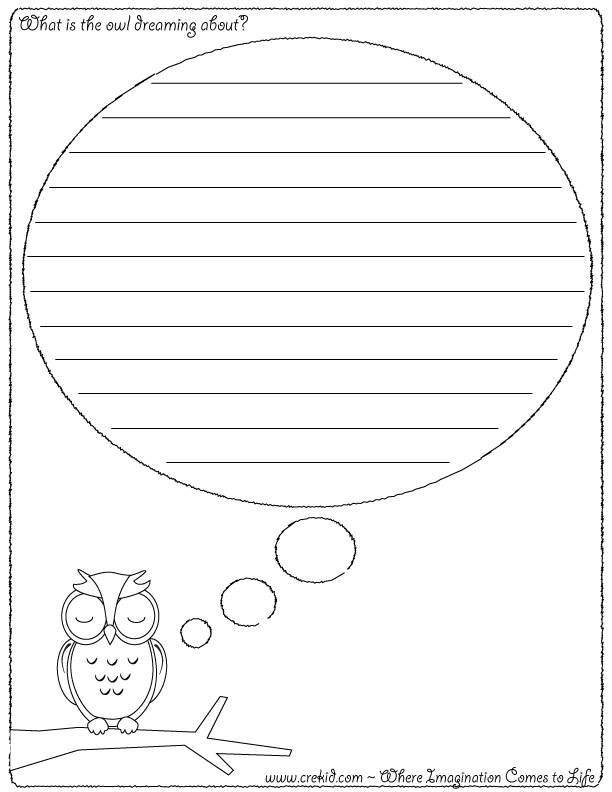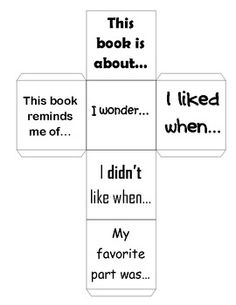Part One
Schmidt, G. (2011). Okay For Now. New York, NY: Clarion.
6-8 GRADE SUGGESTION
Part Two
I think a reoccurring theme here is the coming of age, and characterization. Students would definitely be focusing on finding either the connect or disconnect with how the main character is from a low socio-economic background, has family issues, and issues in school and still manages to find his way into coming of age.
Part Three
In terms of criticism, the book definitely included some elements into it that are a little less than believable (part of the reason it is fiction), was definitely intended at a more mature audience (it used some curse words), and included some elements that might come off as offensive to students. However, all in all, I also found a lot to connect with in terms of reaching out to its intended audience. I think a lot of students can identify with moving, coming from a lo socio-economic background, and having to deal with parents that have marital issues, or finding themselves having bigger problems and priorities than they should have at that age.
Part Four
Lesson Sketch:
After reading and discussing the story…
I would have my students choose a problem within the story whether they focus on Doug’s (the main character)issues with his family, issues with coming from a low socio-economic background, having issues in school, etc. After choosing an issue from Doug’s life, they should then list three contributing factors to the issue (i.e. what caused this? is he doing anything to change the circumstances? if not, why? what is keeping him from changing them? is anyone or any outside factor contributing or taking away from this?) and identify the theme that this teaches or shapes within the novel (coming of age, you are not your past, etc). They will then characterize Doug and two supporting characters and write three sentences as to how their character traits either help or hinder their circumstances!
Questions to ask: What is characterization? How do we see this in characters throughout the story? How does the plot change? Are there any major plot changes that we see throughout the progression of the story? What are they? What theme do these contribute to?
link to questions to ask for this portion:


Content Standards:
7th Grade: ELA:
Reading:
Narrative Analysis of Grade-Level-Appropriate Text
3.2 Identify events that advance the plot and determine how each event explains past or present action(s) or foreshadows future action(s).
3.3 Analyze characterization as delineated through a character’s thoughts, words, speech patterns, and actions; the narrator’s description; and the thoughts, words, and actions of other characters.
3.4 Identify and analyze recurring themes across works (e.g., the value of bravery, loyalty, and friendship; the effects of loneliness).
3.5 Contrast points of view (e.g., first and third person, limited and omniscient, subjective and objective) in narrative text and explain how they affect the overall theme of the work.
3 Additional Resources:
Students can use this to help with the characterization of the characters:

Students may choose to shape their charts like this one:

Idea for chart of plot and character:

———————————————————————
Book Club meeting notes:
In response to the touchstone book we read, I was surprised at how much I was able to get out of it in terms of its usefulness to literature and the classroom:
HOW CAN STUDENTS RELATE TO THIS?
-low socio economic status
-family issues
-issues in school
WHAT CAN THIS BE USED TO TEACH?
big in characterization, coming of age, story lines (falling, rising, climax, etc).
-responsibility to priorities/self: getting a job
-becoming the better version of your circumstances: learning to draw, getting a job (dedicated to his job), learning to read, being put in Excellence and Promise work groups in school with Lil
-Identity, he did not follow the example of his brothers/dad
–teach teachers “you are not your brother in this classroom”
not to limit students to past experiences with them/family
GRADE LEVEL SPECIFIC?
-more mature, says words like “stupid” “shut up”
WHAT TO KEEP IN MIND WHEN SELECTING BOOKS TO READ TO STUDENTS?
-can it be offensive? appropriate? language?
CAN THIS BOOK IN ANY WAY BE OFFENSIVE OR MAKE ANYONE FEEL UNCOMFORTABLE?
-yes, in relation to real events.
HOW AUTHENTIC IS IT TO TODAYS CULTURE / SOCIETY?
-very, but is that a good thing? facing harsh realities? students read things like the holocaust, etc.
CAN THIS BOOK BE APPLIED TO ANY OTHER SUBJECT AREAS AND THOSE CONTENT STANDARDS?
-Not that I can think of
